“2 Propanol 2.5 litres (IPA)” has been added to your cart. View cart
“2 Propanol 2.5 litres (IPA)” has been added to your cart. View cart
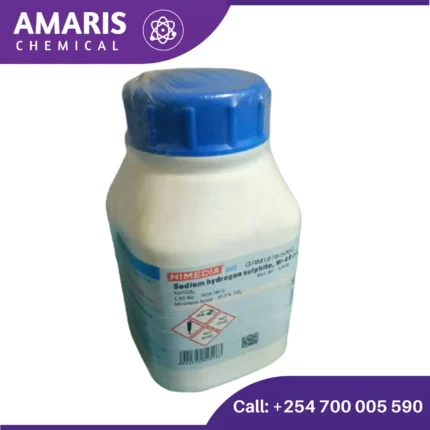
Sodium Hydrogen Sulphite 500gm
KSh2,500.00 Original price was: KSh2,500.00.KSh2,300.00Current price is: KSh2,300.00.
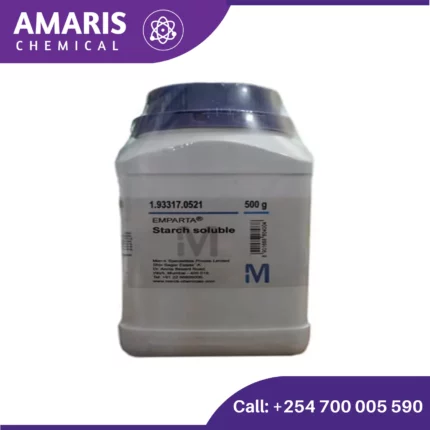
Soluble Starch Powder 500gm
KSh2,500.00 Original price was: KSh2,500.00.KSh2,300.00Current price is: KSh2,300.00.
Sodium Metal 100gm
KSh3,000.00 Original price was: KSh3,000.00.KSh2,500.00Current price is: KSh2,500.00.
Chemical Formula: Na
Appearance: Sodium metal is a soft, silvery-white, highly reactive metal. It is shiny when freshly cut but tarnishes rapidly in air due to oxidation.
Physical Properties:
- Atomic Number: 11
- Density: 0.97 g/cm³ at 20°C
- Melting Point: 97.79°C (207.02°F)
- Boiling Point: 883°C (1621°F)
- Hardness: Sodium is soft enough to be cut with a knife.
Chemical Properties:
- Reactivity: Sodium is highly reactive, especially with water, producing sodium hydroxide and hydrogen gas. This reaction is exothermic and can be explosive. 2Na+2H2O→2NaOH+H22Na + 2H_2O → 2NaOH + H_22Na+2H2O→2NaOH+H2
- Oxidation: In air, sodium rapidly oxidizes, forming a layer of sodium oxide (Na_2O).
Storage: Due to its reactivity, sodium metal is stored under oil or in an inert atmosphere, such as argon, to prevent reactions with moisture and oxygen in the air.
SKU:
ACS73664CHEM0
Categories: Analytical Reagents, Catalysts, Leaching Agents, Wastewater Treatment Chemicals
Description
Uses of Sodium Metal
Laboratory Uses of Sodium Metal
- Reduction Reactions:
- Organic Synthesis: Sodium is used as a reducing agent in the synthesis of various organic compounds, such as in the Birch reduction where it reduces aromatic rings to cyclohexadienes.
- Inorganic Chemistry: It reduces metal oxides to their respective metals. For example, in the preparation of titanium via the Kroll process.
- Formation of Alkoxides:
- Sodium reacts with alcohols to form sodium alkoxides, which are important intermediates in organic synthesis.
- Example: Sodium ethoxide (NaOEt) can be prepared by reacting sodium with ethanol.
- Preparation of Sodium Salts:
- Sodium metal reacts with various acids to produce sodium salts and hydrogen gas.
- Example: Sodium metal and hydrochloric acid produce sodium chloride (table salt).
- Drying Solvents:
- Sodium metal is used to dry solvents, especially those used in organic synthesis, by removing trace amounts of water.
- Example: Toluene and benzene can be dried using sodium metal.
- Preparation of Organosodium Compounds:
- Sodium metal is used in the synthesis of organosodium compounds, such as sodium naphthalide, which are used as powerful reducing agents.
- Catalyst in Chemical Reactions:
- Sodium is used as a catalyst or promoter in certain types of chemical reactions.
- Example: Sodium is used in the Wurtz reaction, which involves the coupling of alkyl halides to form higher alkanes.
- Sodium Fusion Test:
- In qualitative organic analysis, the sodium fusion test (Lassaigne’s test) is used to detect the presence of halogens, nitrogen, and sulfur in organic compounds.
- In this test, the organic compound is fused with sodium metal, converting these elements into water-soluble salts that can be detected.
- Heat Transfer Medium:
- While more common in industrial applications, sodium metal can be used as a heat transfer medium in certain laboratory settings, especially in high-temperature reactions due to its excellent thermal conductivity.
- Sodium Vapor Lamps:
- In some specialized laboratory setups, sodium vapor lamps are used for illumination and spectral analysis due to their intense yellow light
Reviews (0)
Be the first to review “Sodium Metal 100gm” Cancel reply
Shipping & Delivery
Related products
Acetaldehyde
Acetaldehyde is a simple organic compound with the chemical formula CH3CHO. It is a colorless liquid with a pungent, fruity odor. Here are some key points about acetaldehyde:
- Chemical Structure: Acetaldehyde consists of two carbon atoms, one oxygen atom, and four hydrogen atoms. Its structure is CH3CHO, where the carbon atom in the middle is doubly bonded to an oxygen atom and singly bonded to a hydrogen atom and a methyl group (CH3).
- Occurrence: Acetaldehyde can be found naturally in various ripe fruits, coffee, and heated milk. It is also produced by the oxidation of ethanol (alcohol) by enzymes in the liver and other tissues in humans, making it an intermediate product in alcohol metabolism.
Aluminum Ammonium Sulphate
Aluminum ammonium sulfate, also known as ammonium alum or just alum, is a chemical compound with the formula (NH4)Al(SO4)2·12H2O. It's a white crystalline solid commonly used in water purification, leather tanning, and as a mordant in dyeing textiles.
In water purification, alum acts as a coagulant to remove impurities by causing suspended particles to clump together, making it easier for filtration to remove them. In leather tanning, it helps to stabilize the leather by tightening the collagen fibers. And in dyeing textiles, alum helps the dye adhere to the fabric.
However, it's important to note that excessive exposure to aluminum compounds like alum can be harmful, so it's typically used with caution and proper safety measures.
Aluminum Carbonate 250g
Aluminum carbonate is a chemical compound with the formula Al2(CO3)3. It is a white, crystalline solid that is insoluble in water. Aluminum carbonate is not commonly encountered in pure form due to its high instability, especially in the presence of water and carbon dioxide. Instead, it tends to decompose into aluminum hydroxide and carbon dioxide when exposed to moisture or acidic conditions.
Aluminum Nitrate 500gm
Aluminum nitrate is a chemical compound with the formula Al(NO3)3. It's a salt composed of aluminum and nitrate ions. It's commonly encountered as a hydrate with varying numbers of water molecules associated with each aluminum nitrate formula unit. It's soluble in water and is often used in various industrial processes, including as a mordant in dyeing fabrics and in the production of aluminum oxide. Additionally, it's used in some chemical reactions and as a component in some types of rocket propellants.
Ammonia Acetate
Ammonium acetate (NH4C2H3O2) is a chemical compound with various applications and properties. Here are some key points about it:
Properties
- Chemical Formula: NH4C2H3O2
- Molecular Weight: 77.08 g/mol
- Appearance: White, crystalline solid
- Solubility: Highly soluble in water
- Melting Point: Decomposes upon heating
Ammonium Cupric Chloride
Anhydrous Aluminum Chloride
Anhydrous aluminum chloride, often represented as AlCl3, is a chemical compound composed of aluminum and chlorine. "Anhydrous" means it lacks water molecules in its structure. It's a white or pale yellow solid that is highly hygroscopic, meaning it readily absorbs moisture from the air. This property makes handling it a bit tricky since it can form a solution with water vapor in the air, turning into a fuming liquid.

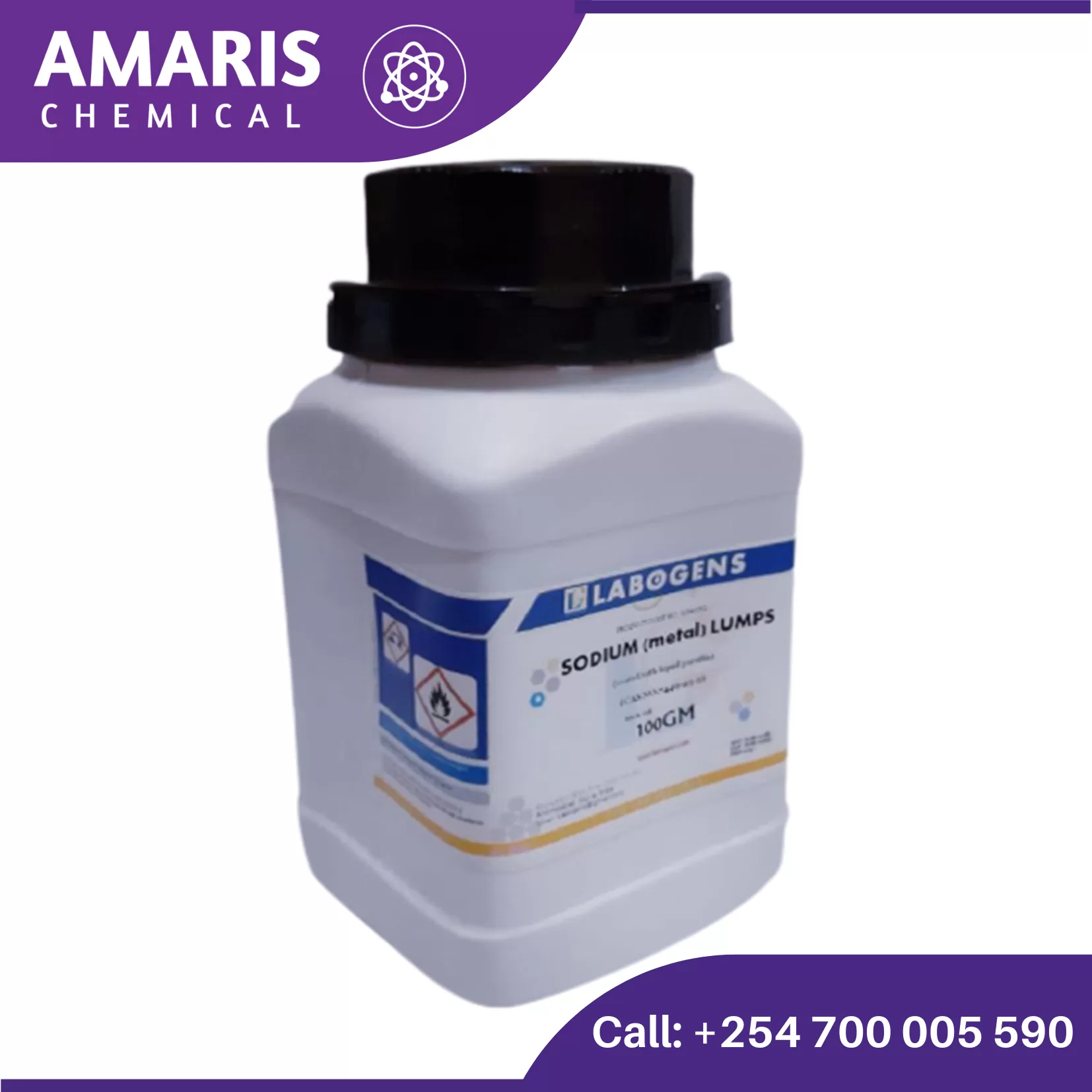
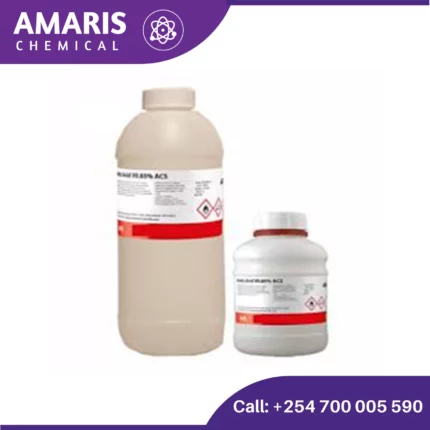
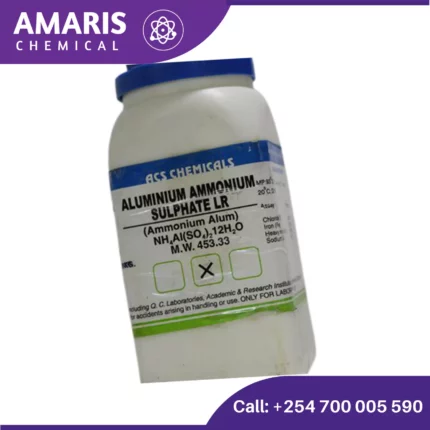
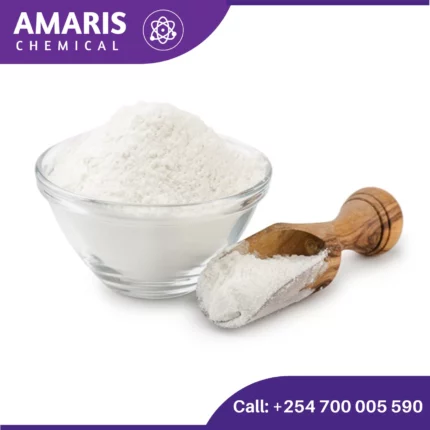
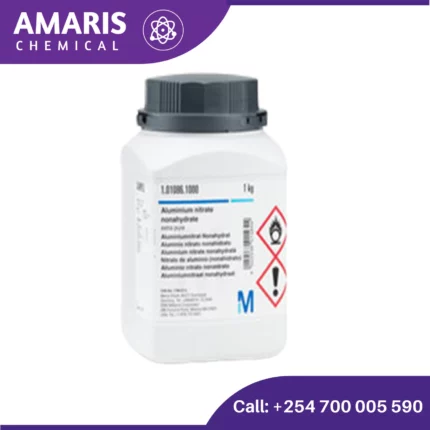
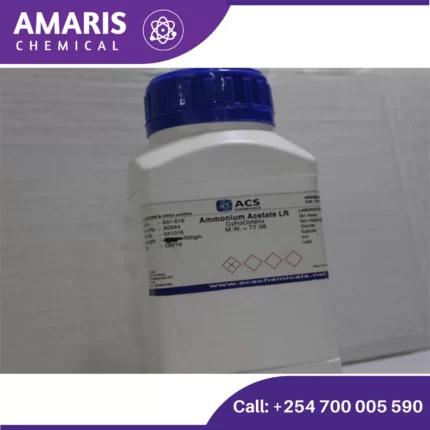
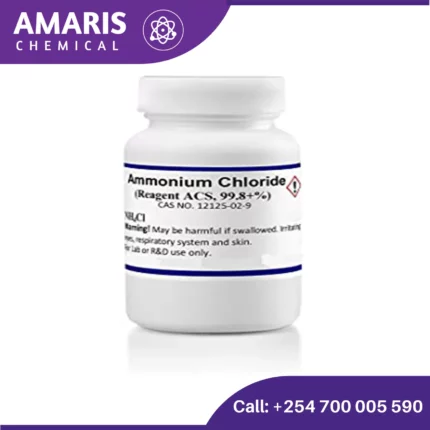
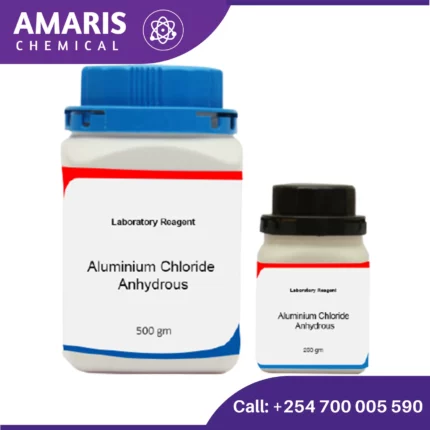

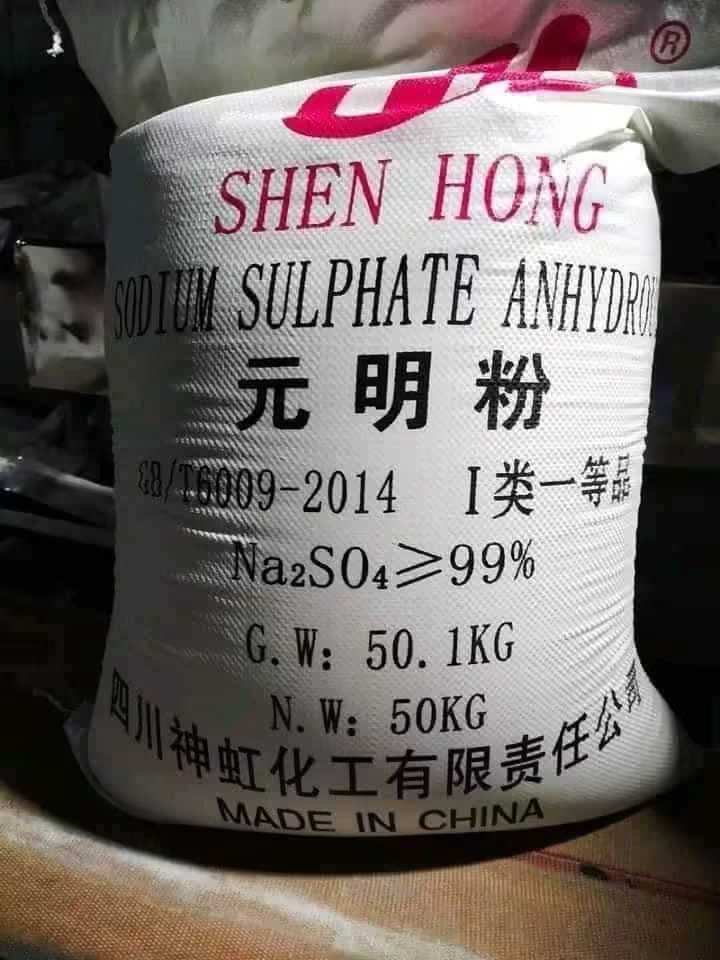







Reviews
There are no reviews yet.